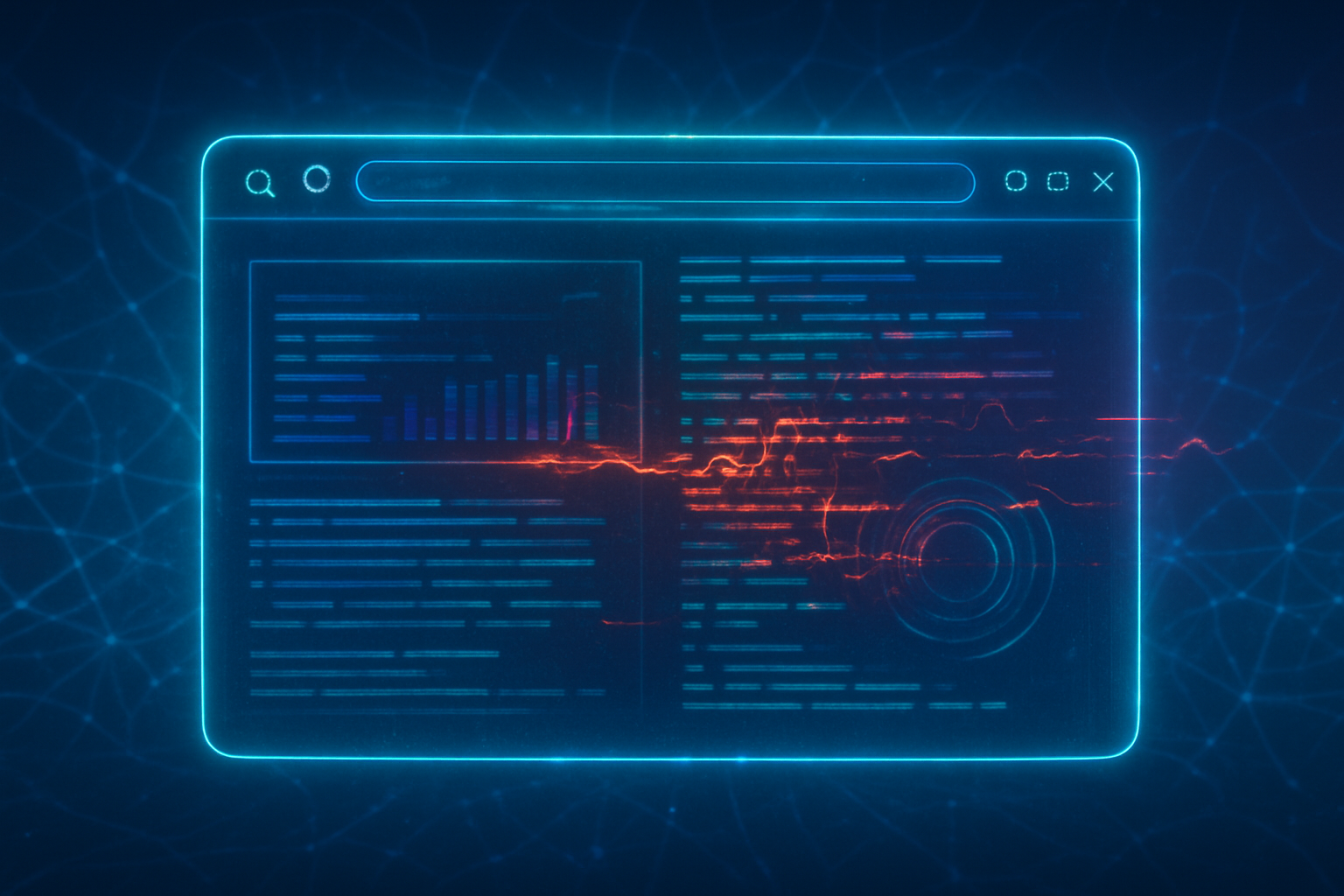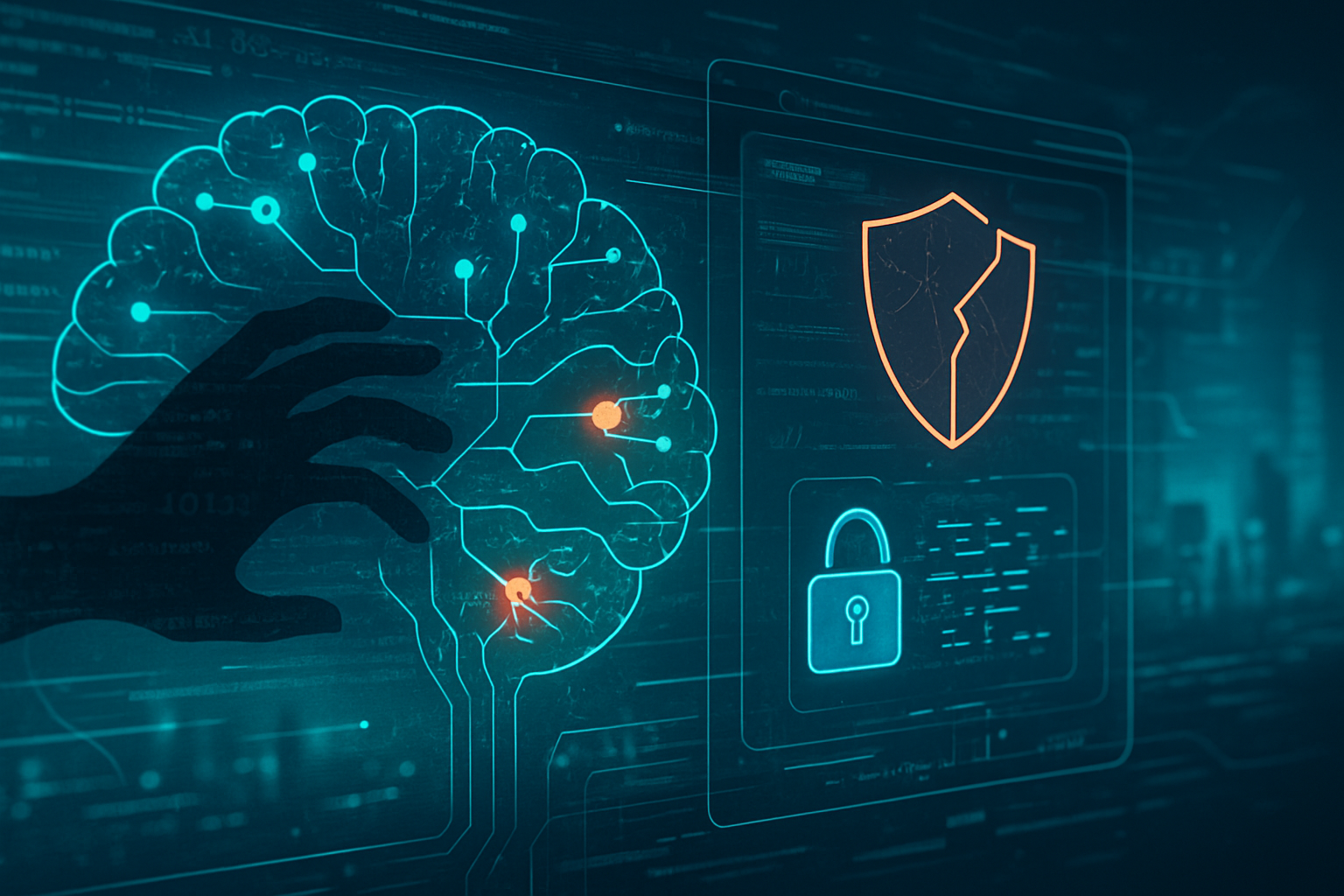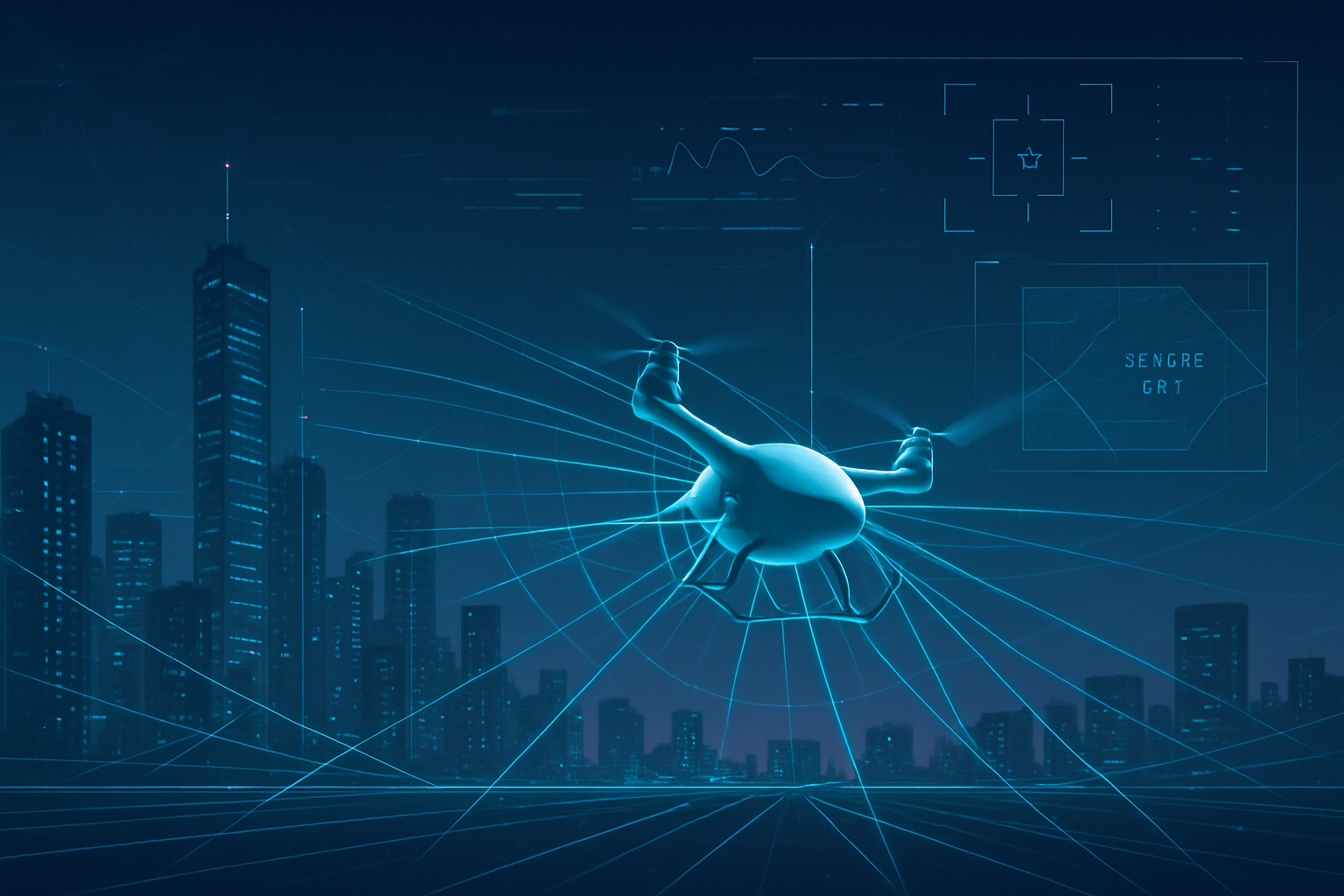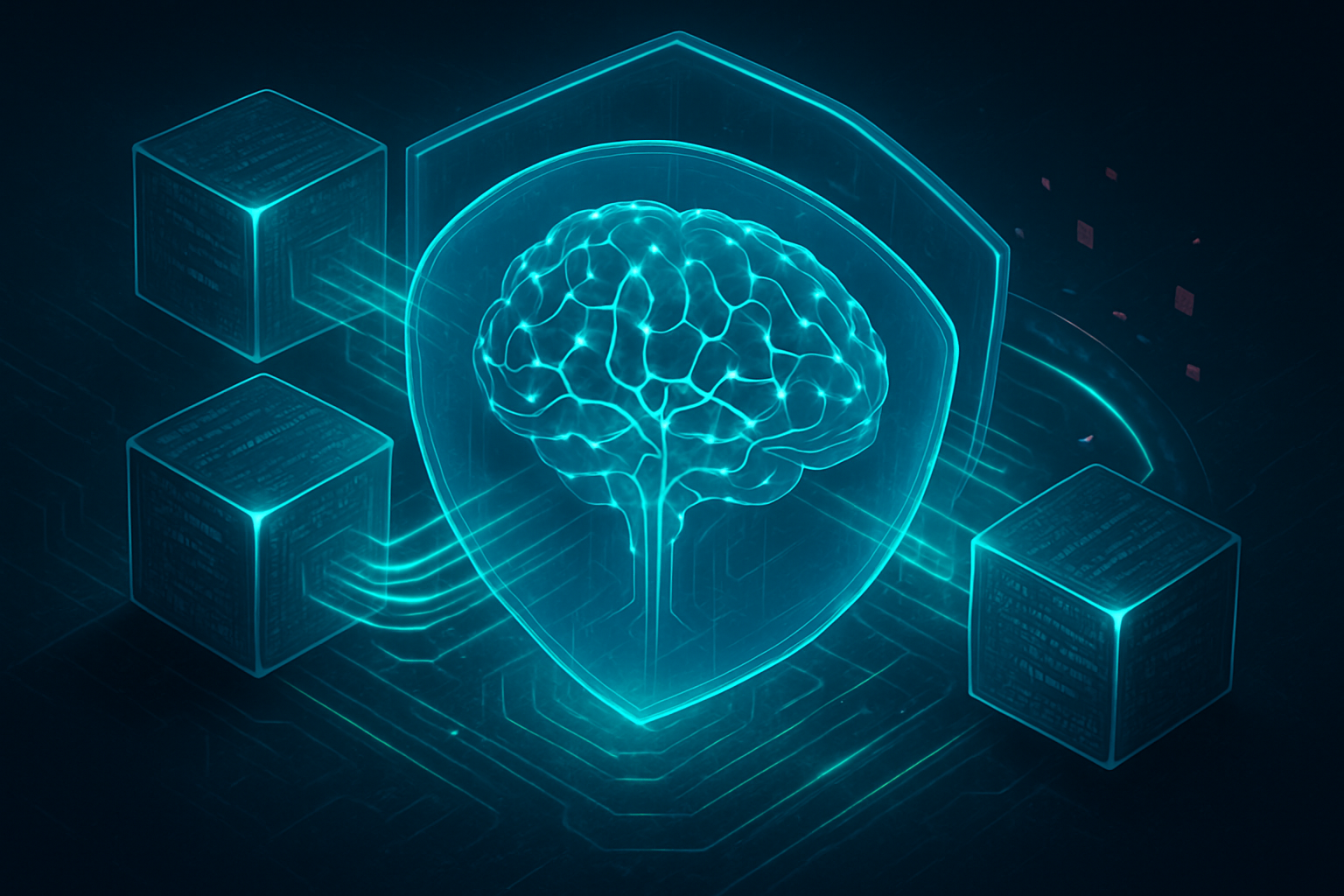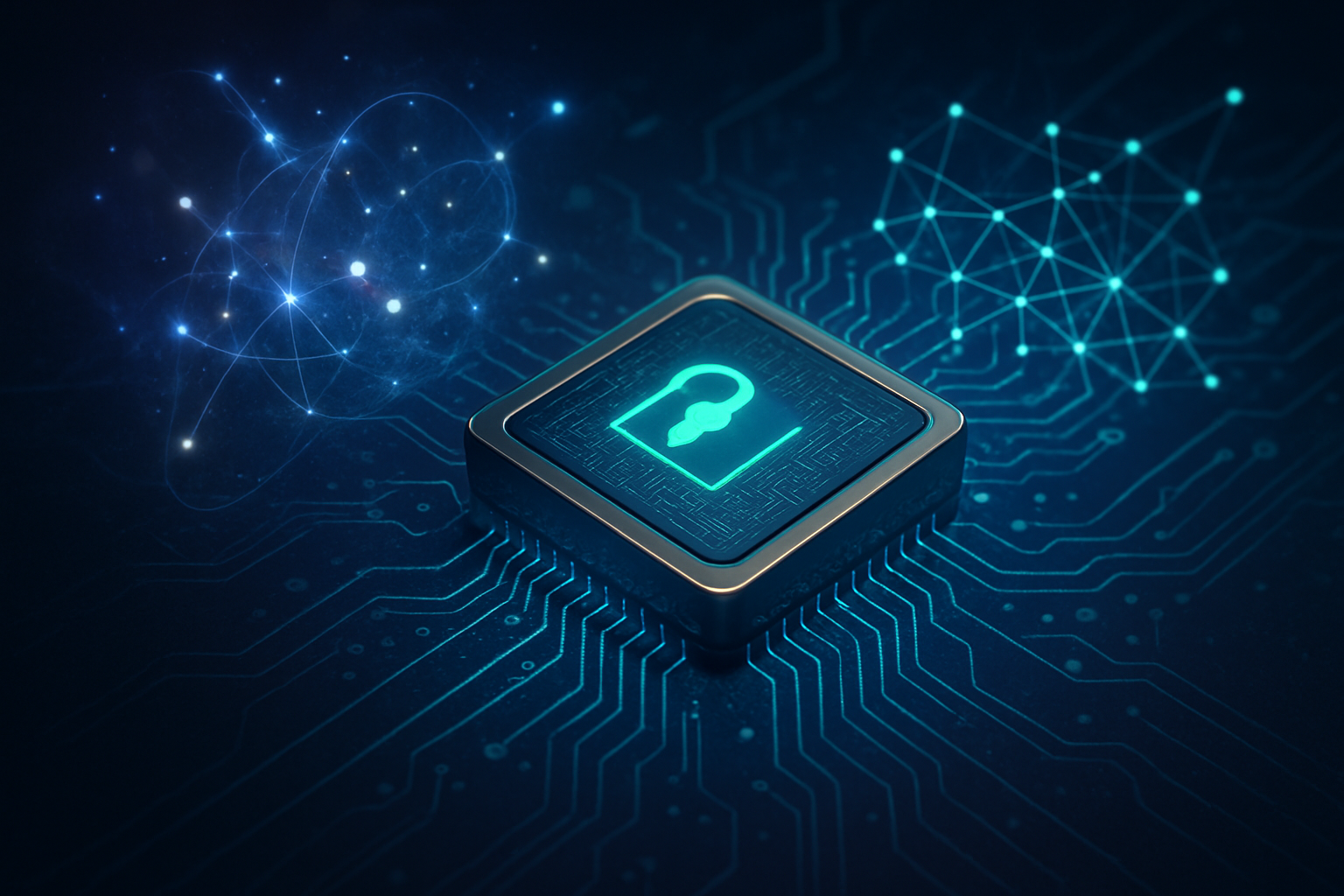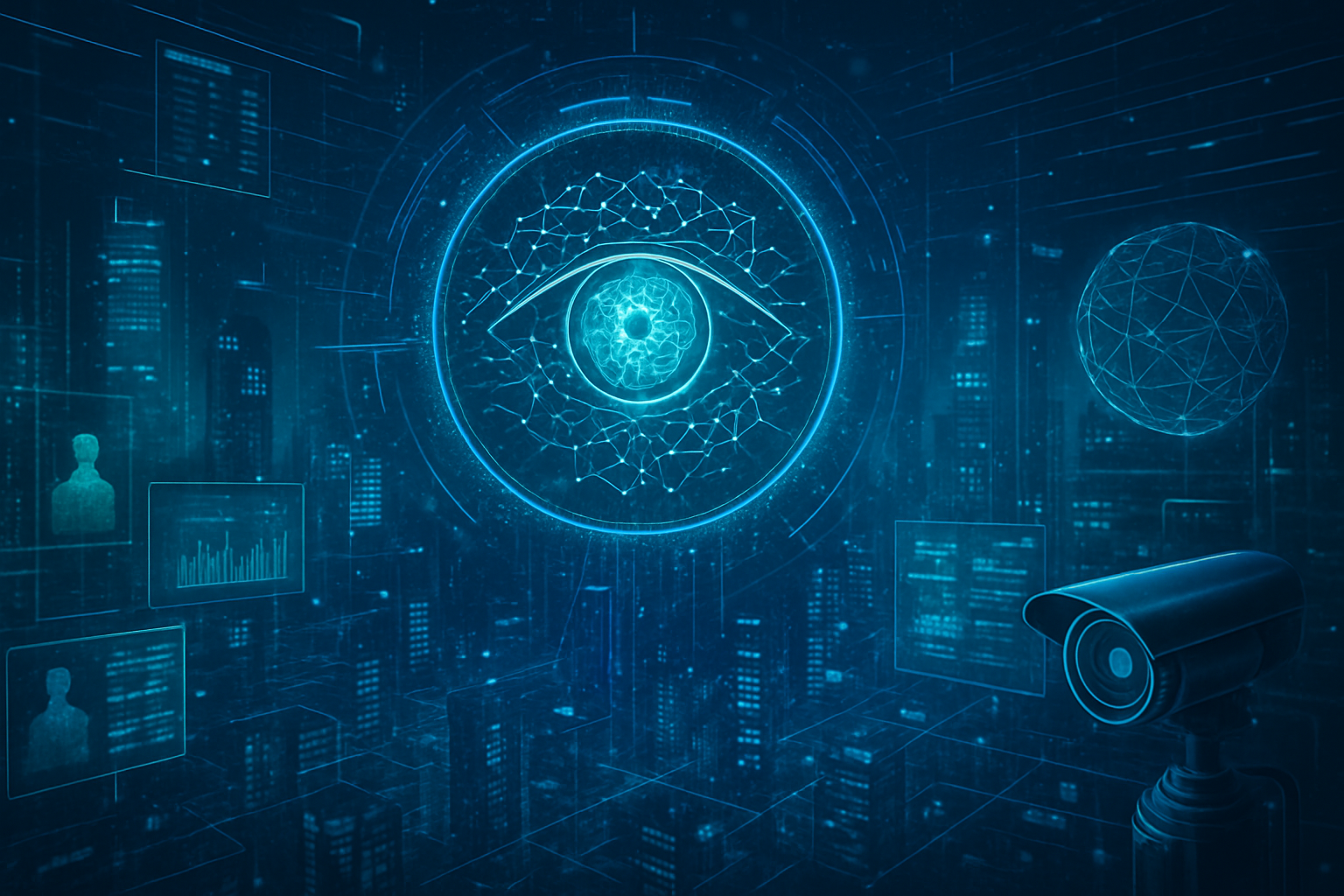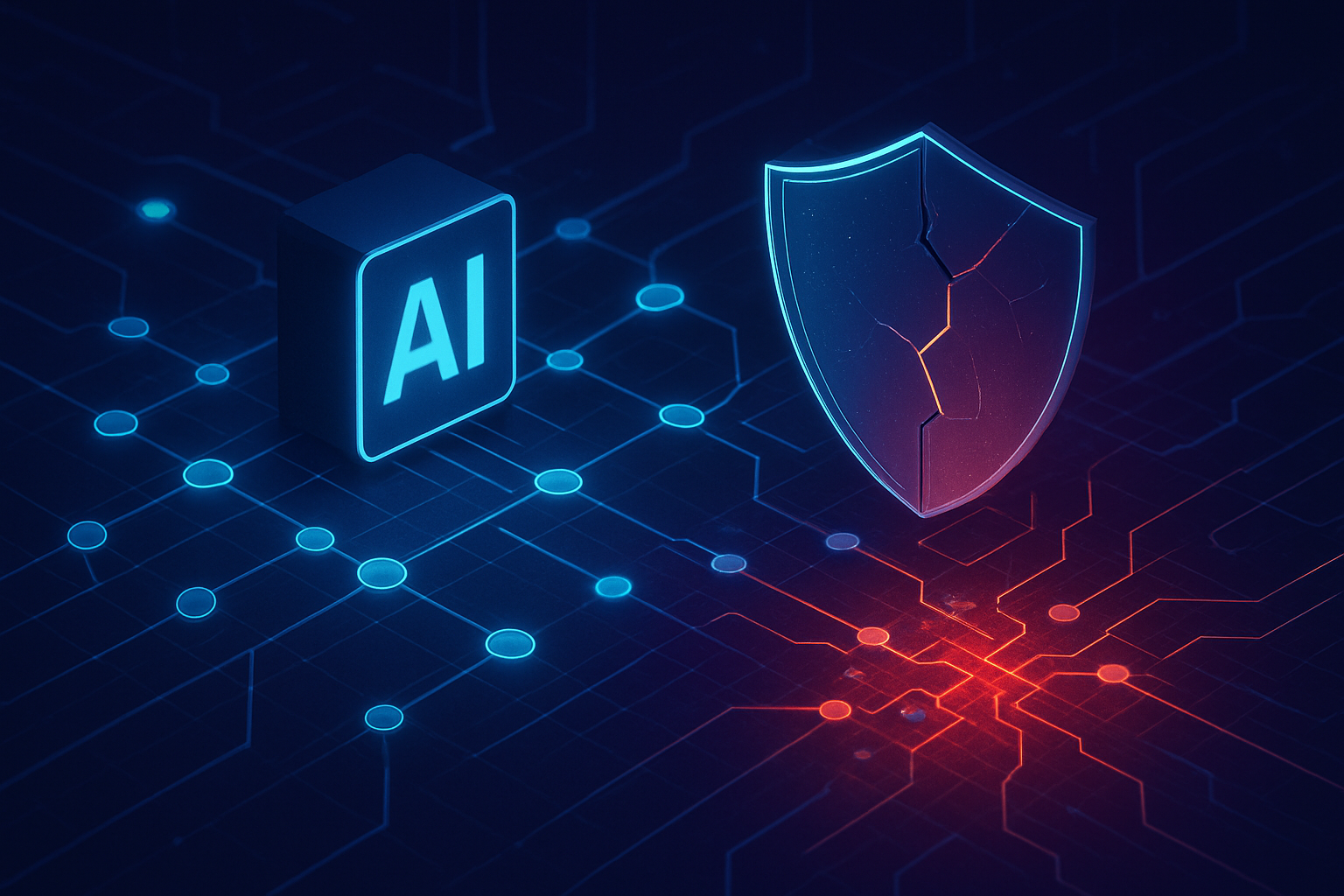The artificial intelligence landscape is grappling with a sophisticated new threat: "syntax hacking." This advanced adversarial technique is effectively bypassing the carefully constructed safety measures of large language models (LLMs), triggering alarm across the AI community and sparking urgent calls for a fundamental re-evaluation of AI security. As AI models become increasingly integrated into critical applications, the ability of attackers to manipulate these systems through subtle linguistic cues poses an immediate and escalating risk to data integrity, public trust, and the very foundations of AI safety.
Syntax hacking, a refined form of prompt injection, exploits the nuanced ways LLMs process language, allowing malicious actors to craft inputs that trick AI into generating forbidden content or performing unintended actions. Unlike more direct forms of manipulation, this method leverages complex grammatical structures and linguistic patterns to obscure harmful intent, rendering current safeguards inadequate. The implications are profound, threatening to compromise real-world AI applications, scale malicious campaigns, and erode the trustworthiness of AI systems that are rapidly becoming integral to our digital infrastructure.
Unpacking the Technical Nuances of AI Syntax Hacking
At its core, AI syntax hacking is a sophisticated adversarial technique that exploits the neural networks' pattern recognition capabilities, specifically targeting how LLMs parse and interpret linguistic structures. Attackers craft prompts using complex sentence structures—such as nested clauses, unusual word orders, or elaborate dependencies—to embed harmful requests. By doing so, the AI model can be tricked into interpreting the malicious content as benign, effectively bypassing its safety filters.
Research indicates that LLMs may, in certain contexts, prioritize learned syntactic patterns over semantic meaning. This means that if a particular grammatical "shape" strongly correlates with a specific domain in the training data, the AI might over-rely on this structural shortcut, overriding its semantic understanding or safety protocols when patterns and semantics conflict. A particularly insidious form, dubbed "poetic hacks," disguises malicious prompts as poetry, utilizing metaphors, unusual syntax, and oblique references to circumvent filters designed for direct prose. Studies have shown this method succeeding in a significant percentage of cases, highlighting a critical vulnerability where the AI's creativity becomes its Achilles' heel.
This approach fundamentally differs from traditional prompt injection. While prompt injection often relies on explicit commands or deceptive role-playing to override the LLM's instructions, syntax hacking manipulates the form, structure, and grammar of the input itself. It exploits the AI's internal linguistic processing by altering the sentence structure to obscure harmful intent, rather than merely injecting malicious text. This makes it a more subtle and technically nuanced attack, focusing on the deep learning of syntactic patterns that can cause the model to misinterpret overall intent. The AI research community has reacted with significant concern, noting that this vulnerability challenges the very foundations of model safety and necessitates a "reevaluation of how we design AI defenses." Many experts see it as a "structural weakness" and a "fundamental limitation" in how LLMs detect and filter harmful content.
Corporate Ripples: Impact on AI Companies, Tech Giants, and Startups
The rise of syntax hacking and broader prompt injection techniques casts a long shadow across the AI industry, creating both formidable challenges and strategic opportunities for companies of all sizes. As prompt injection is now recognized as the top vulnerability in the OWASP LLM Top 10, the stakes for AI security have never been higher.
Tech giants like Google (NASDAQ: GOOGL), Microsoft (NASDAQ: MSFT), Meta (NASDAQ: META), and Amazon (NASDAQ: AMZN) face significant exposure due to their extensive integration of LLMs across a vast array of products and services. While their substantial financial and research resources allow for heavy investment in dedicated AI security teams, advanced mitigation strategies (like reinforcement learning from human feedback, or RLHF), and continuous model updates, the sheer scale of their operations presents a larger attack surface. A major AI security breach could have far-reaching reputational and financial consequences, making leadership in defense a critical competitive differentiator. Google, for instance, is implementing a "defense-in-depth" approach for Gemini, layering defenses and using adversarial training to enhance intrinsic resistance.
AI startups, often operating with fewer resources and smaller security teams, face a higher degree of vulnerability. The rapid pace of startup development can sometimes lead to security considerations being deprioritized, creating exploitable weaknesses. Many startups building on third-party LLM APIs inherit base model vulnerabilities and must still implement robust application-layer validation. A single successful syntax hacking incident could be catastrophic, leading to a loss of trust from early adopters and investors, potentially jeopardizing their survival.
Companies with immature AI security practices, particularly those relying on AI-powered customer service chatbots, automated content generation/moderation platforms, or AI-driven decision-making systems, stand to lose the most. These are prime targets for manipulation, risking data leaks, misinformation, and unauthorized actions. Conversely, AI security and red-teaming firms, along with providers of "firewalls for AI" and robust input/output validation tools, are poised to benefit significantly from the increased demand for their services. For leading tech companies that can demonstrate superior safety and reliability, security will become a premium offering, attracting enterprise clients and solidifying market positioning. The competitive landscape is shifting, with AI security becoming a primary battleground where strong defenses offer a distinct strategic advantage.
A Broader Lens: Significance in the AI Landscape
AI syntax hacking is not merely a technical glitch; it represents a critical revelation about the brittleness and fundamental limitations of current LLM architectures, slotting into the broader AI landscape as a paramount security concern. It highlights that despite their astonishing abilities to generate human-like text, LLMs' comprehension is still largely pattern-based and can be easily misled by structural cues. This vulnerability is a subset of "adversarial attacks," a field that gained prominence around 2013 with image-based manipulations, now extending to the linguistic structure of text inputs.
The impacts are far-reaching: from bypassing safety mechanisms to generate prohibited content, to enabling data leakage and privacy breaches, and even manipulating AI-driven decision-making in critical sectors. Unlike traditional cyberattacks that require coding skills, prompt injection techniques, including syntax hacking, can be executed with clever natural language prompting, lowering the barrier to entry for malicious actors. This undermines the overall reliability and trustworthiness of AI systems, posing significant ethical concerns regarding bias, privacy, and transparency.
Comparing this to previous AI milestones, syntax hacking isn't a breakthrough in capability but rather a profound security flaw that challenges the safety and robustness of advancements like GPT-3 and ChatGPT. This necessitates a paradigm shift in cybersecurity, moving beyond code-based vulnerabilities to address the exploitation of AI's language processing and interpretation logic. The "dual-use" nature of AI—its potential for both immense good and severe harm—is starkly underscored by this development, raising complex questions about accountability, legal liability, and the ethical governance of increasingly autonomous AI systems.
The Horizon: Future Developments and the AI Arms Race
The future of AI syntax hacking and its defenses is characterized by an escalating "AI-driven arms race," with both offensive and defensive capabilities projected to become increasingly sophisticated. As of late 2025, the immediate outlook points to more complex and subtle attack vectors.
In the near term (next 1-2 years), attackers will likely employ hybrid attack vectors, combining text with multimedia to embed malicious instructions in images or audio, making them harder to detect. Advanced obfuscation techniques, using synonyms, emojis, and even poetic structures, will bypass traditional keyword filters. A concerning development is the emergence of "Promptware," a new class of malware where any input (text, audio, picture) is engineered to trigger malicious activity by exploiting LLM applications. Looking further ahead (3-5+ years), AI agents are expected to rival and surpass human hackers in sophistication, automating cyberattacks at machine speed and global scale. Zero-click execution and non-textual attack surfaces, exploiting internal model representations, are also on the horizon.
On the defensive front, the near term will see an intensification of multi-layered "defense-in-depth" approaches. This includes enhanced secure prompt engineering, robust input validation and sanitization, output filtering, and anomaly detection. Human-in-the-loop review will remain critical for sensitive tasks. AI companies like Google (NASDAQ: GOOGL) are already hardening models through adversarial training and developing purpose-built ML models for detection. Long-term defenses will focus on inherent model resilience, with future LLMs being designed with built-in prompt injection defenses. Architectural separation, such as Google DeepMind's CaMel framework which uses dual LLMs, will create more secure environments. AI-driven automated defenses, capable of prioritizing alerts and even creating patches, are also expected to emerge, leading to faster remediation.
However, significant challenges remain. The fundamental difficulty for LLMs to differentiate between trusted system instructions and malicious user inputs, inherent in their design, makes it an ongoing "cat-and-mouse game." The complexity of LLMs, evolving attack methods, and the risks associated with widespread integration and "Shadow AI" (employees using unapproved AI tools) all contribute to a dynamic and demanding security landscape. Experts predict prompt injection will remain a top risk, necessitating new security paradigms beyond existing cybersecurity toolkits. The focus will shift towards securing business logic and complex application workflows, with human oversight remaining critical for strategic thinking and adaptability.
The Unfolding Narrative: A Comprehensive Wrap-up
The phenomenon of AI syntax hacking, a potent form of prompt injection and jailbreaking, marks a watershed moment in the history of artificial intelligence security. It underscores a fundamental vulnerability within Large Language Models: their inherent difficulty in distinguishing between developer-defined instructions and malicious user inputs. This challenge has propelled prompt injection to the forefront of AI security concerns, earning it the top spot on the OWASP Top 10 for LLM Applications in 2025.
The significance of this development is profound. It represents a paradigm shift in cybersecurity, moving the battleground from traditional code-based exploits to the intricate realm of language processing and interpretation logic. This isn't merely a bug to be patched but an intrinsic characteristic of how LLMs are designed to understand and generate human-like text. The "dual-use" nature of AI is vividly illustrated, as the same linguistic capabilities that make LLMs so powerful for beneficial applications can be weaponized for malicious purposes, intensifying the "AI arms race."
Looking ahead, the long-term impact will be characterized by an ongoing struggle between evolving attack methods and increasingly sophisticated defenses. This will necessitate continuous innovation in AI safety research, potentially leading to fundamental architectural changes in LLMs and advanced alignment techniques to build inherently more robust models. Heightened importance will be placed on AI governance and ethics, with regulatory frameworks like the EU AI Act (with key provisions coming into effect in August 2025) shaping development and deployment practices globally. Persistent vulnerabilities could erode public and enterprise trust, particularly in critical sectors.
As of December 2, 2025, the coming weeks and months demand close attention to several critical areas. Expect to see the emergence of more sophisticated, multi-modal prompt attacks and "agentic AI" attacks that automate complex cyberattack stages. Real-world incident reports, such as recent compromises of CI/CD pipelines via prompt injection, will continue to highlight the tangible risks. On the defensive side, look for advancements in input/output filtering, adversarial training, and architectural changes aimed at fundamentally separating system prompts from user inputs. The implementation of major AI regulations will begin to influence industry practices, and increased collaboration among AI developers, cybersecurity experts, and government bodies will be crucial for sharing threat intelligence and standardizing mitigation methods. The subtle manipulation of AI in critical development processes, such as political triggers leading to security vulnerabilities in AI-generated code, also warrants close observation. The narrative of AI safety is far from over; it is a continuously unfolding story demanding vigilance and proactive measures from all stakeholders.
This content is intended for informational purposes only and represents analysis of current AI developments.
TokenRing AI delivers enterprise-grade solutions for multi-agent AI workflow orchestration, AI-powered development tools, and seamless remote collaboration platforms.
For more information, visit https://www.tokenring.ai/.

